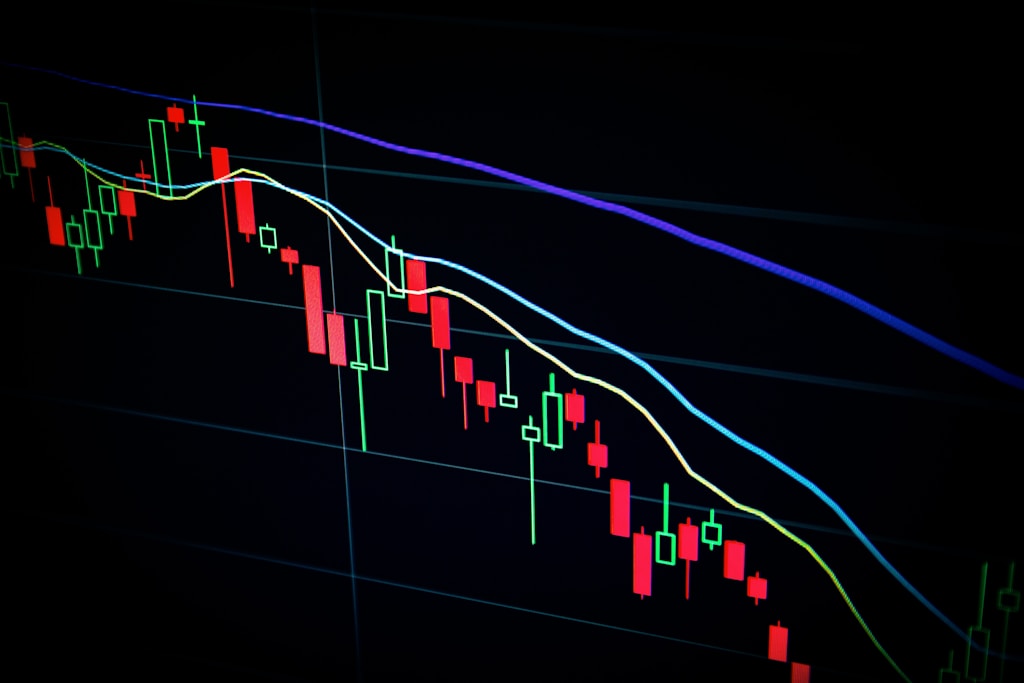A Peter Thiel-backed nonprofit organization called Sentient has sparked debate in the crypto and AI communities by declaring that artificial intelligence development should be community-driven rather than controlled by corporations, marking what they’re calling America’s ‘DeepSeek moment.’
The Push for Open-Source AI Development
Operating as a nonprofit entity, Sentient has positioned itself at the forefront of the democratization movement in AI development. The organization argues that the future of artificial intelligence should not be monopolized by closed-source corporations but should instead belong to the broader community of developers and researchers.
Why This Matters for Crypto
The parallels between this initiative and the cryptocurrency movement’s core principles of decentralization and open-source development are striking. Just as blockchain technology has thrived through community-driven development, Sentient argues that AI can benefit from a similar approach.
Peter Thiel’s Strategic Investment
Peter Thiel’s backing of Sentient adds significant weight to the initiative, given his track record in both the cryptocurrency and technology sectors. As a well-known Bitcoin advocate and tech investor, Thiel’s involvement signals a potential shift in how AI development might be approached in the future.
Frequently Asked Questions
What is DeepSeek?
DeepSeek refers to the movement towards open-source AI development, challenging the current paradigm of corporate-controlled AI research and development.
How does this affect the crypto industry?
This initiative could potentially influence how AI is integrated into blockchain technology and cryptocurrency projects, promoting more open-source collaboration.
What role does Peter Thiel play?
As a prominent investor and supporter, Thiel provides both financial backing and strategic guidance to Sentient’s mission of democratizing AI development.







